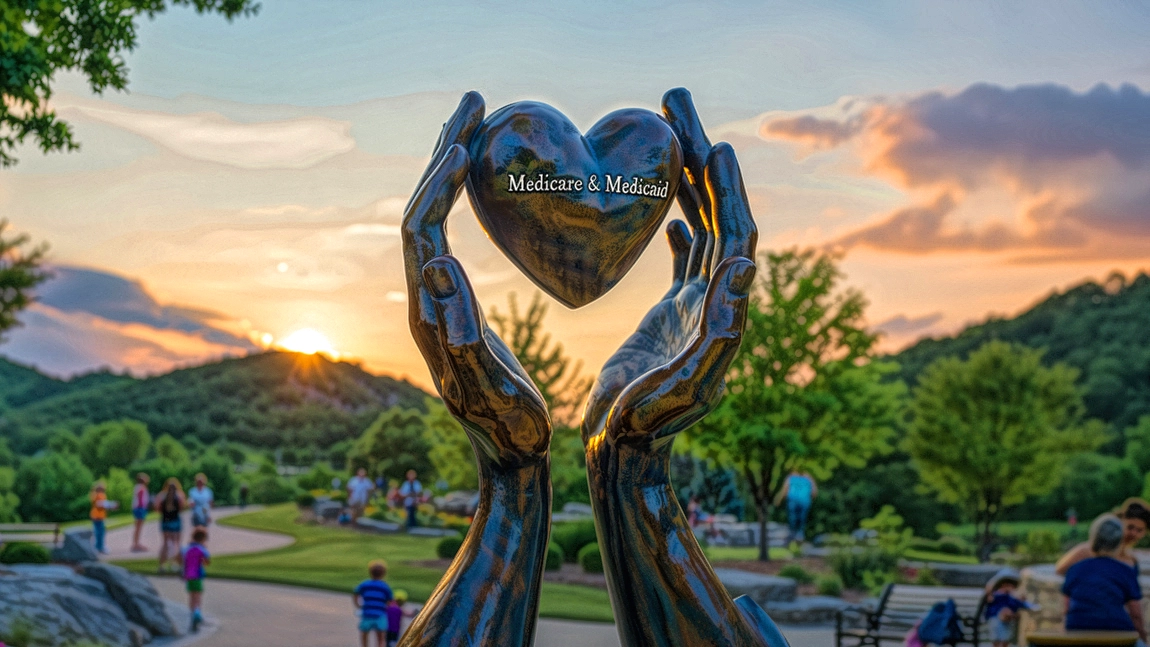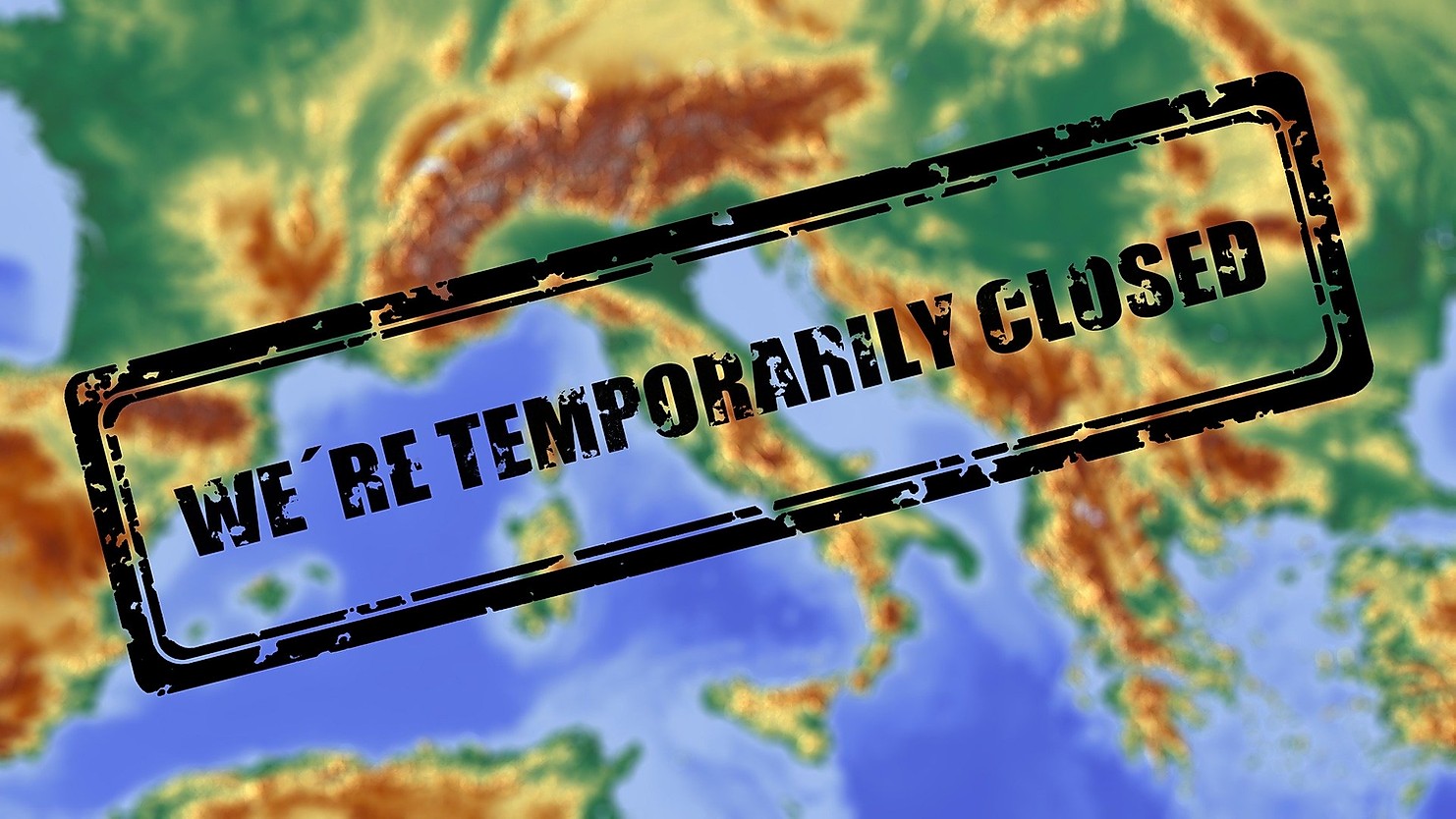I scratch my head each time President Trump says that these Central American countries “are not sending us their best.” Seems to me that these people, after walking 1,200 miles to free themselves from corrupted governments, drug warlords, and no prospects for a living wage, are exactly the kind of people U.S. companies should be seeking.
After walking through what is described as the most dangerous journey in the world, so as to improve the lives of themselves and their families, these are also the kind of people America should welcome. After they have gone through hell and back, U.S. employers would no doubt find these people hard working, focused on getting the job done, and eternally grateful for the chance to better themselves and contribute to the country.
Sounds like the kind of people who built America, doesn’t it?
Some Details
The number of asylum seekers from Central America has grown since 2011. They largely come from Central America’s Northern Triangle region (Honduras, Guatemala, and El Salvador). The region suffers from poor political and socioeconomic conditions, including some of the world’s highest homicide rates and widespread gang violence.
The U.S. Citizenship and Immigration Services reports that “more individuals from the Northern Triangle region sought affirmative asylum in the United States between 2013 to 2015 than in the previous 15 years combined,” according to reporting by WOLA (the Washington Office on Latin America).
Faced with unprecedented violence in their home countries, asylum seekers seek the protection of U.S. border security authorities and ask for protection. According to WOLA, the Northern Triangle countries are facing “unparalleled levels of violent crime, with El Salvador and Honduras ranking among the top five most violent countries in the world.”
White House Chief of Staff John Kelly once described the mass migration from Central America to the U.S.- Mexico border primarily consisting of “[parents that] are trying to save their children.”
Tragically, children and young adults are often targeted for the most extreme violence occurring in Central America. WOLA reports that “Children and young adults are particularly vulnerable to death threats, as local gangs often try to forcibly recruit them, extort them, or in the case of girls, pressure them into relationships with gang members.”
Having little confidence in the corrupt police forces or other institutions to protect them, families — mothers, fathers and children– flee.
What about Gangs?
President Trump claims gang members are using this migration to infiltrate the U.S. However, reports from his own administration tell a different story.
“Of all unaccompanied minors apprehended at the southwest border since 2011, 0.02 percent were either suspected or confirmed to have ties to gangs in their home countries,” according to U.S. Border Patrol Acting Chief Carla Provost. That’s 56 minors out of 250,000.
So, who are the people gathering at our borders, seeking asylum?
In a May 2018 interview, Chief of Staff John Kelly offered, “They’re overwhelmingly rural people. In the countries they come from, fourth-, fifth-, sixth- grade educations are kind of the norm. They don’t speak English; obviously that’s a big thing…They don’t integrate well; they don’t have skills.”
Much of what Kelly said is true. But, members of previous immigrant waves to the U.S. also were poor and had low levels of education; and many did not speak English.
Data compiled by the Cato Institute, however, helps to put Kelly’s assertions in their proper context. The Cato Institute study looked at the life experiences of Central American immigrants who have been living in the U.S. for a number of years. Benefitting from the Cato Institute data and reporting by the Quartz news writer Ana Campoy, we can start to form an image of the Central American immigrants that are knocking on our door “yearning to be free.”
“Most Central American immigrants don’t speak English when they arrive to the US, but they tend to learn over time. The share of immigrants who don’t speak English well shrinks with each passing year in the U.S.,” the Cato Institute report says.
“For people with no skills, Central American immigrants get jobs relatively quickly. In 2016, about half of those who have been in the US for less than a year were working. Those who had been in the US for a year or more were working at nearly the same rate or higher than the country’s overall adult population,” according to the Cato report.
“About half of the Central American immigrants in the US in 2016 did not have a high school diploma. But, the U.S.-born descendants of Central American immigrants had similar years of schooling as other Americans. And, despite their low education levels, many are able to go up the socioeconomic ladder over time. The poverty rate for Central Americans declines the longer they are in the US,” Cato reports.
Chief of Staff Kelly’s last claim, “They don’t integrate well,” is the hardest to refute. How do you measure Americanness?
But voluntarily enlisting in the military arguably is a telling sign of a person’s commitment to a country. The Cato report shows that Americans of Central American descent are more than twice as likely to be active duty members than other US-born people.
Considering President Trump’s love for our military this fact should have earned several tweets. But alas, President Trump doesn’t read, so anything beyond his myopic view of the world remains ignored, including the Cato Institute’s enlightening report on Americans of Central American descent.
Contributed by David Higham





